How to Build a Localization Strategy and Do it Right
Localization strategy is a direction your company will pursue to adapt a product or service to a new market. The localization strategy outlines objectives and goals, internal and external stakeholders, budgets and timelines, as well as, tracking and monitoring processes.
The diagram below highlights the main localization strategy phases in gray, while the steps involved in its implementation are marked in white:

How to build a localization strategy
Below, I’ll show you how to build a multilingual localization strategy, step by step.
Step 1: Research local markets
To start, choose the markets you are going to target.
Three types of data you need to collect 👇
- Product demand
- Competitor information
- Customer information
Let’s break it down:
Product demand
Use Google Analytics to monitor international traffic. All those visitors are potential customers who would appreciate a localized experience.

Don’t stop on prospects—also analyze your current customers. Dive into customer support requests, sales, and distributor data to find markets with the highest demand for your product. These are prime targets for localization.
Competitor information
Use data from market statistics, trade publications, and consultancy services to understand the competitive structure of potential markets.
SEO tools, such as Moz or Ahrefs, are also an invaluable source of data on your competitors.
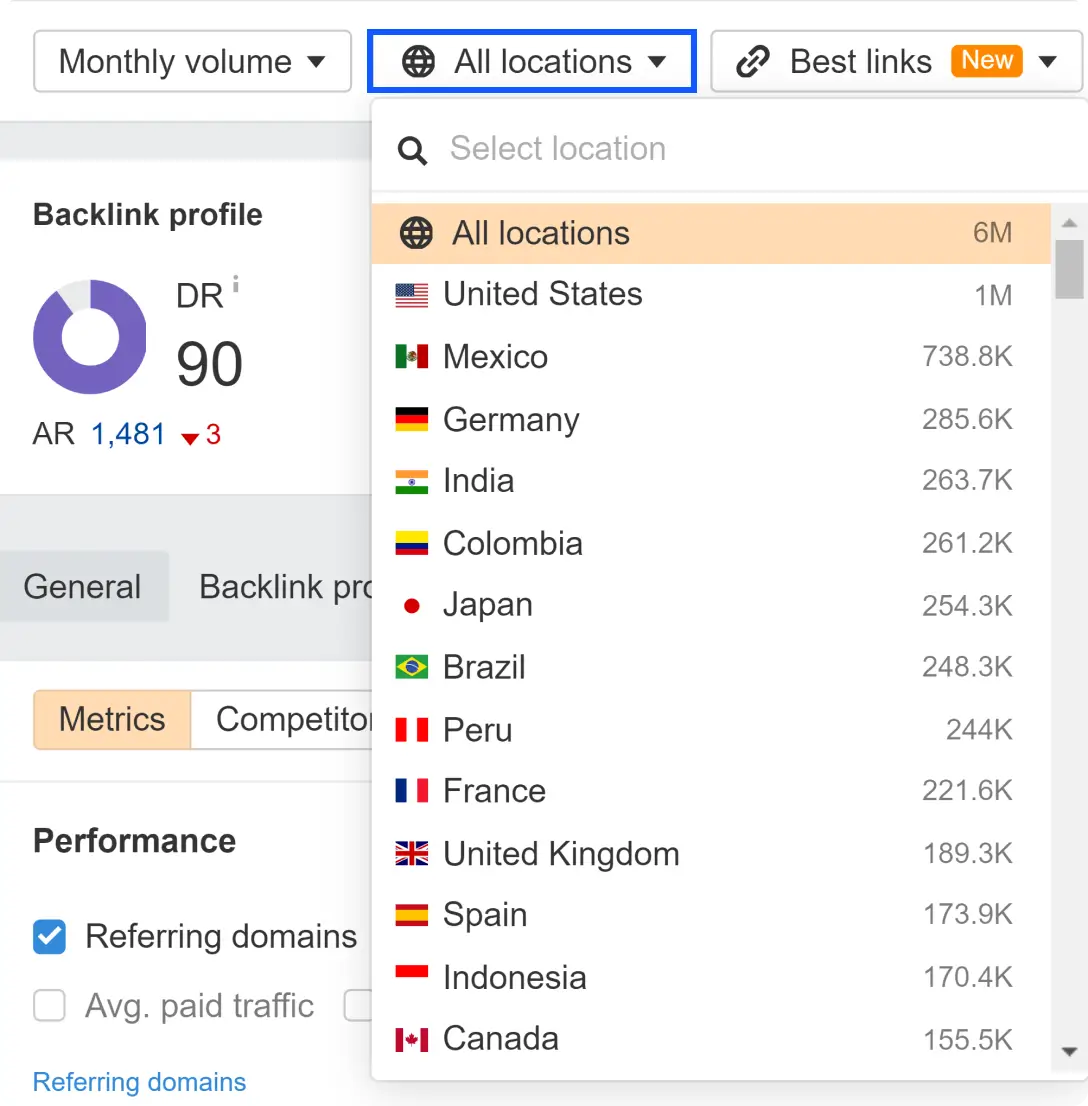
Carefully examine the number of visitors in each location, organic keywords, paid keywords, and other SEO metrics. For more information, read our website localization guide.
Customer information
Finally, understand your customers. Here you might want to use:
- Surveys to get a pulse of your target buyers. Keep your surveys short and focus on objective questions to collect quantitative data.
- Interviews with your suppliers, potential customers, and local marketing firms to supplement the survey data.
- Observations to understand customer behavior organically through observational research.
- Focus groups to get a collective view of your buyers who discuss or test your product.
Step 2: Set localization goals and objectives
With a thorough understanding of the local market, set broad goals followed by specific objectives. The key question you need to answer is: Why am I localizing in the first place?
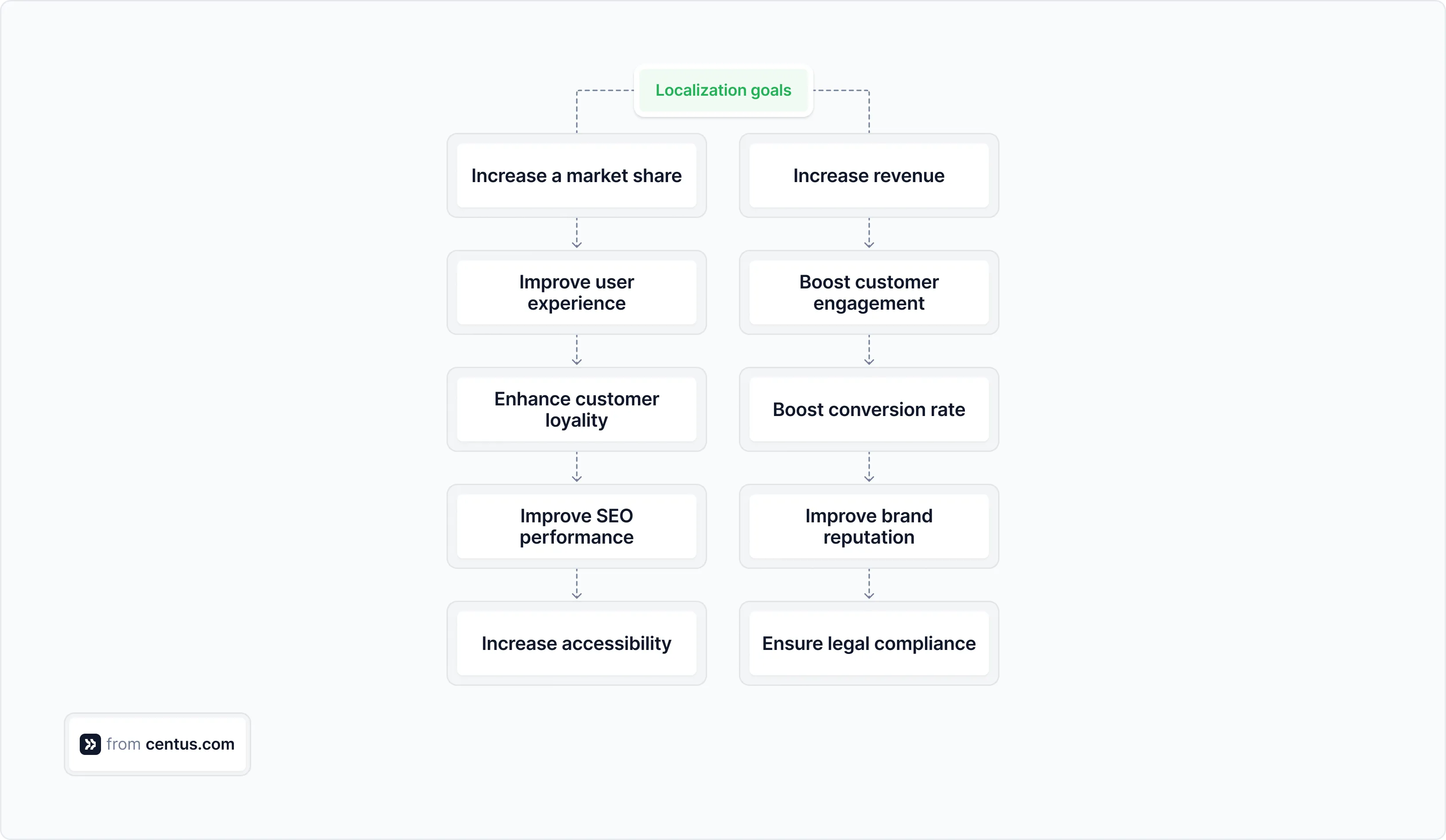
From there, establish specific objectives.
This is where my guide becomes more complicated as there are dozens of objectives you can set and use as KPIs.
💡 Pro tip: If you don’t want to get into the weeds, start with two localization objectives: website traffic and the number of leads from the localized content.
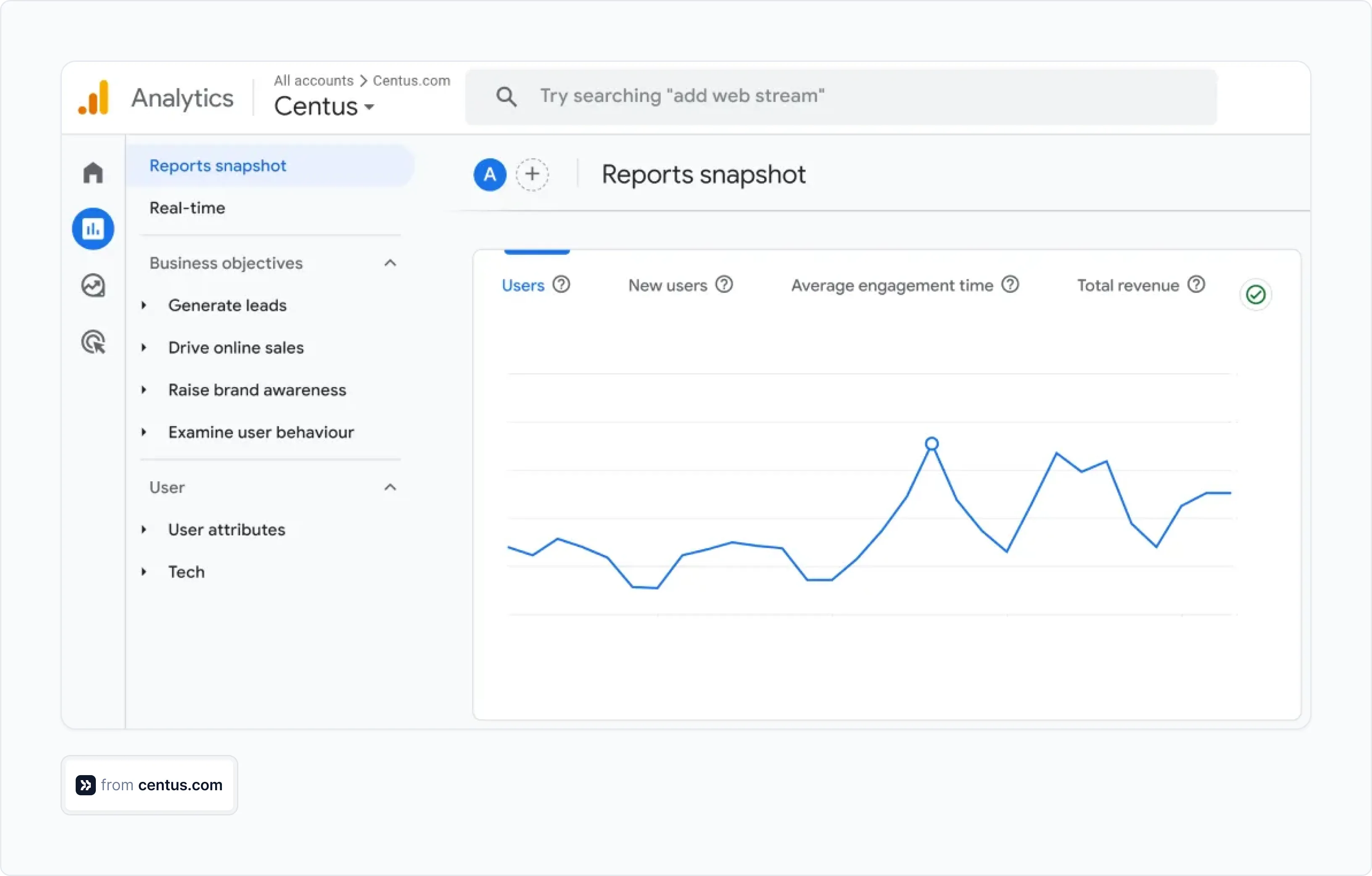
If you’re ready to go beyond the two objectives, roll up your sleeves and measure these localization KPIs:
Website traffic and engagement
Find out how well your website serves local customers:
- Visitor numbers: Use Google Analytics to track unique visitors from your target markets. Monitor trends over time and compare them to overall website traffic.
- Bounce rates: Measure the percentage of visitors who leave your website after viewing only one page. The lower the bounce rate, the better.
Bounce rate = (Single-page sessions / All sessions) x 100%
- Time spent on page: Track how long visitors spend on your localized landing pages.
Average time on page = Total time spent on page / Number of pageviews
- Conversions: Monitor desired actions (conversions) taken by visitors, such as signing up for a newsletter, submitting a trial form, or making a purchase.
Conversion rate = (Total conversions / Total visitors) x 100%
- Social media engagement: Track views, likes, comments, shares, and click-through rates on your localized social media content.
💡 Pro tip: Don’t tie the same metrics to all pages across the board! Instead, choose meaningful metrics for each page.
But don’t take my word for it.
Andriy Gurtovoy, Centus’ SEO Strategist says 👇
“Don’t just focus on measuring localized traffic numbers. To properly demonstrate localization ROI, apply relevant metrics to groups of pages. For example, measure the reduction in support tickets for the knowledge base or forum directory. For product landing pages, monitor conversion events such as trial registrations, downloads, or purchases.”
Sales and revenue
Compare sales figures from specific target markets before and after localization efforts:
- Localized revenue: Calculate the total revenue generated in a local market.
- Average order value (AOV): Measure the average amount spent by local customers during a single purchase.
AOV = Total revenue from target market / Number of orders in target market
- Sales conversion rate: Track the percentage of local website visitors who make a purchase.
Sales conversion rate = (Total sales / Total visitors) c 100%
- Customer lifetime value (CLTV): Calculate the revenue you expect from a customer over the entire span of their relationship with your company.
CLTV = (Average purchase value x purchase frequency) x customer lifespan
- Customer acquisition cost (CAC): Measure the cost of acquiring a new customer in a localized market.
CAC = Total sales and marketing expenses / Number of new local customers
- Market penetration rate: Assess your share of the local market.
Market penetration rate = (Number of local customers / Number of potential local customers) x 100%
Brand awareness and sentiment
There are several ways to keep track of people’s feelings towards your brand, including:
- Aided brand awareness: Calculate the percentage of local prospects who can recognize your brand’s name, logo, or packaging.
Aided brand awareness = 100 x number of potential customers who recognize your brand/total number of potential customers
- Brand consideration: Measure how many local prospects would consider paying for your service.
Brand consideration = 100 x number of potential customers who would consider buying your product/total number of potential customers
- Customer satisfaction index: Survey local customers to find out their post-purchase opinions on your product.
Customer satisfaction index = sum of average ratings in all evaluation attributes/total number of evaluation attributes.
📘 Relevant reading: A brand localization strategy that works in 2025
KPIs for freelancers and LSPs
Freelance translators and LSPs are vital to the success of your localization strategy. To help them meet your expectations, establish a KPI framework to assess translation accuracy, alignment with brand voice, and turnaround times.
Henry Simmons, Centus’ Managing Director emphasizes 👇
“To grow smarter and faster, create SLAs to hold freelancers and LSPs more accountable. Consider creating your own Localization Satisfaction Index to gauge customer interactions with translated content and interactions with support teams.”
After setting localization objectives, optimize them using the SMART framework:
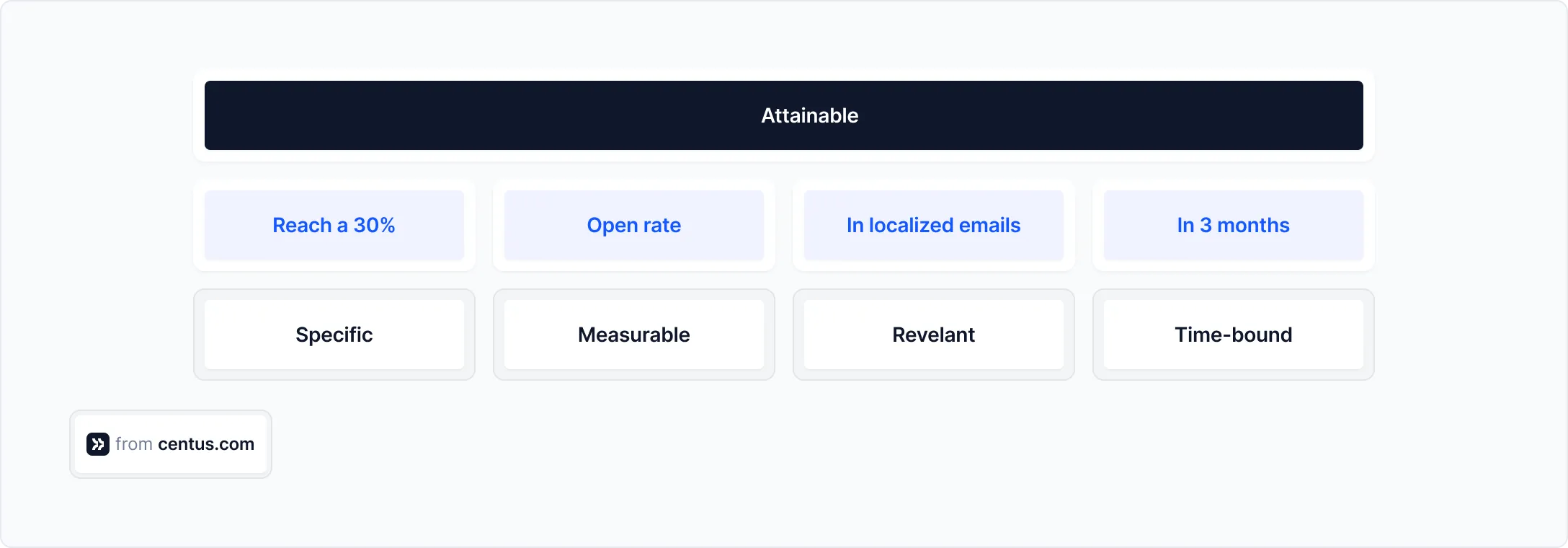
Step 3: Identify areas of localization
The next step is to choose what to localize. It could be your product, service, website, marketing materials, customer support, or a combination of these elements.
Product localization
Does your product need changes to fit the new market? If you offer physical products, consider adapting packaging, labeling, and instructions to comply with local regulations and languages.
If you have an app or software, localize all translatable strings and adjust UI/UX. Furthermore, consider customizing its features and pricing structure.
To implement your product localization strategy, use the translation platform Centus.
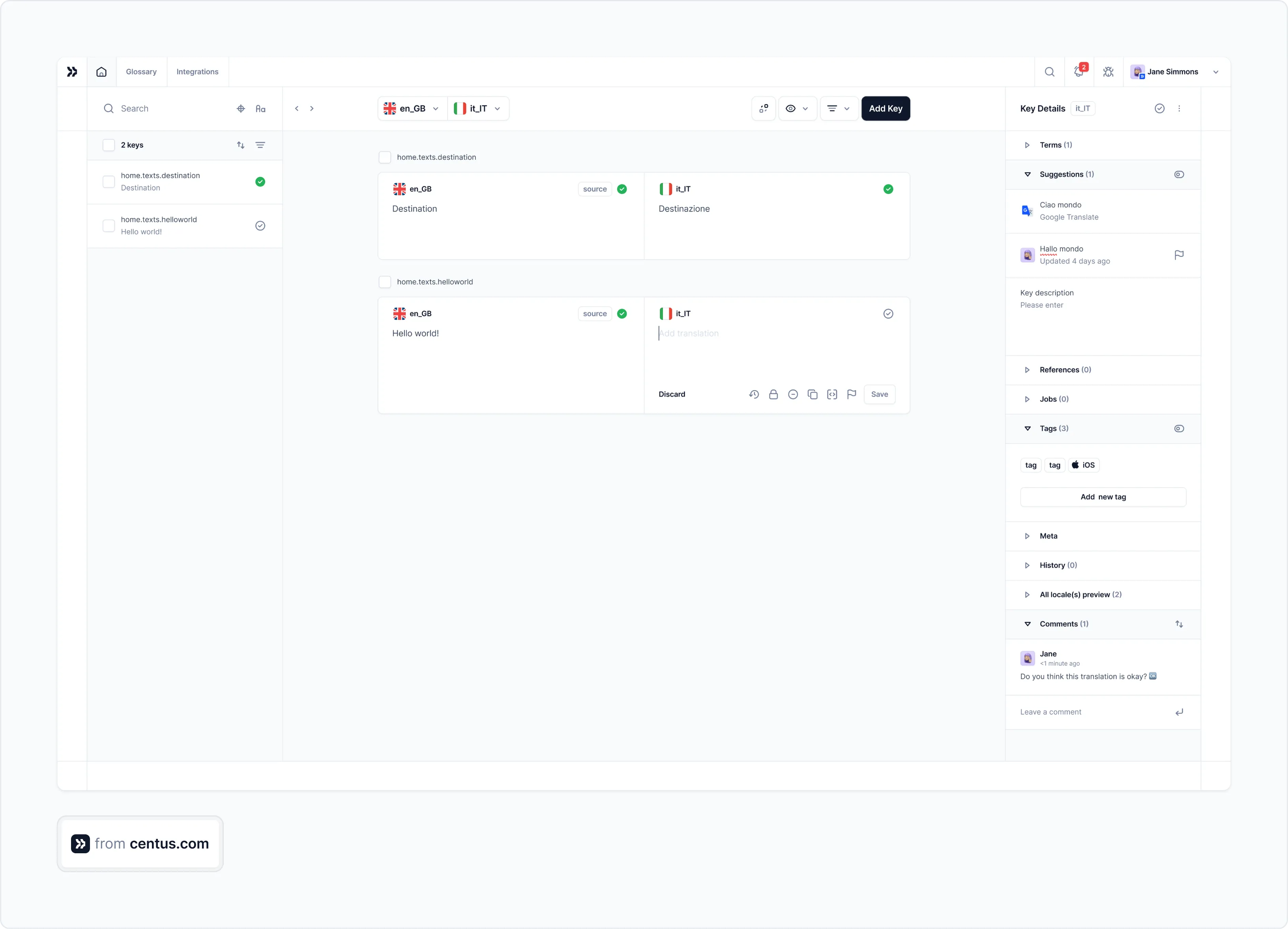
The platform lets you translate all strings automatically. Then, your team of language experts can edit the translations in a single cooperative space.
📘 Relevant reading: How to localize an app
Website localization
Your website is often the first thing people see. Translate all website content into the local language, including tooltips, forms, and menu items.
The easiest way to translate your website is with the help of Centus. Simply upload your HTML, CSV, DOCX, or other files to Centus and let your team edit automatically-generated translations. There, they can share screenshots, leave feedback, and approve individual translations.
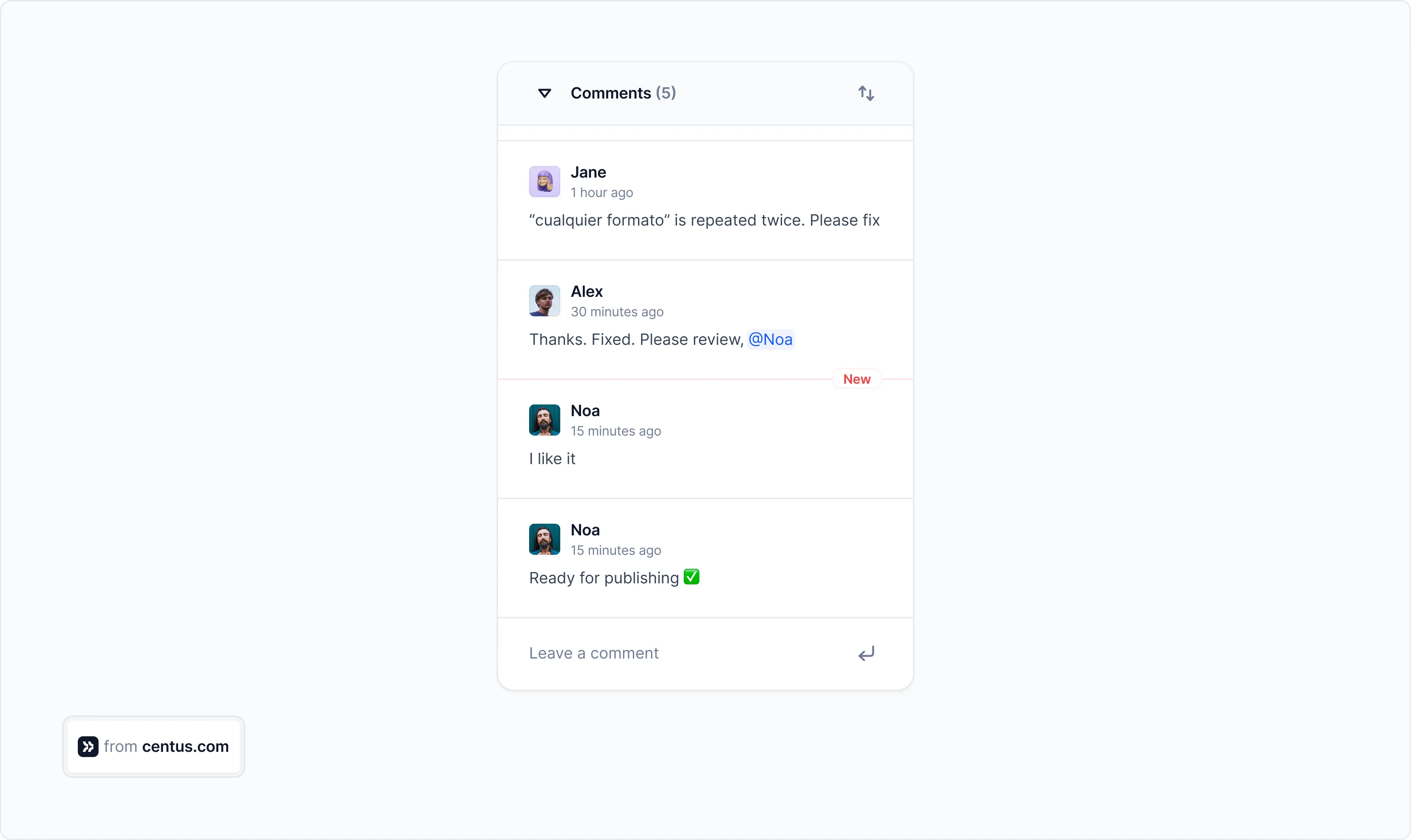
You can also use Centus to localize website visuals and UI. Use its convenient Figma plugin to instantly pull translations to all design elements.
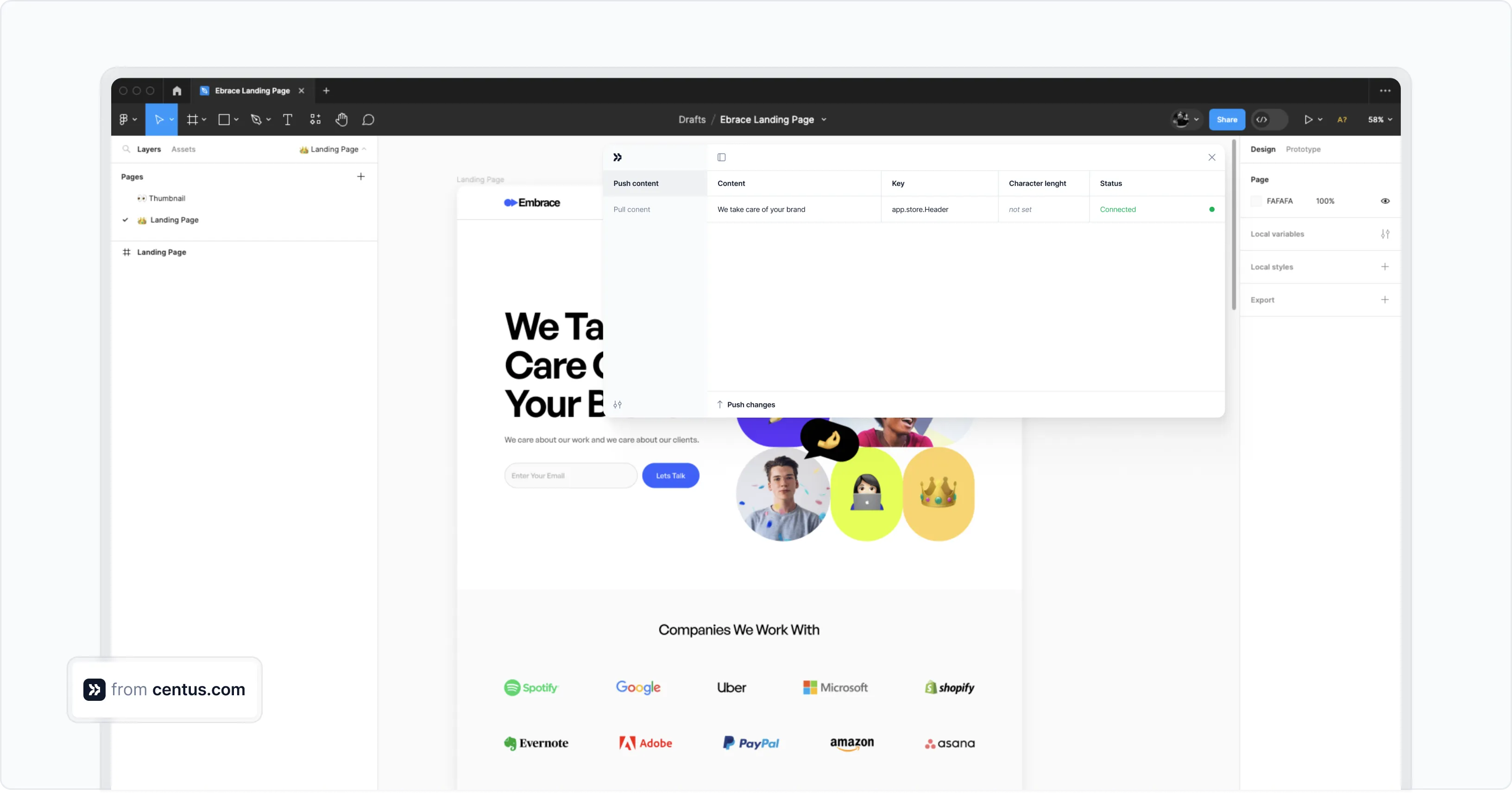
SEO localization
Make sure your website localization strategy helps you show up in local search results.
Conduct thorough SEO research to optimize your website content, including meta titles, descriptions, and headers with locally-searched keywords.
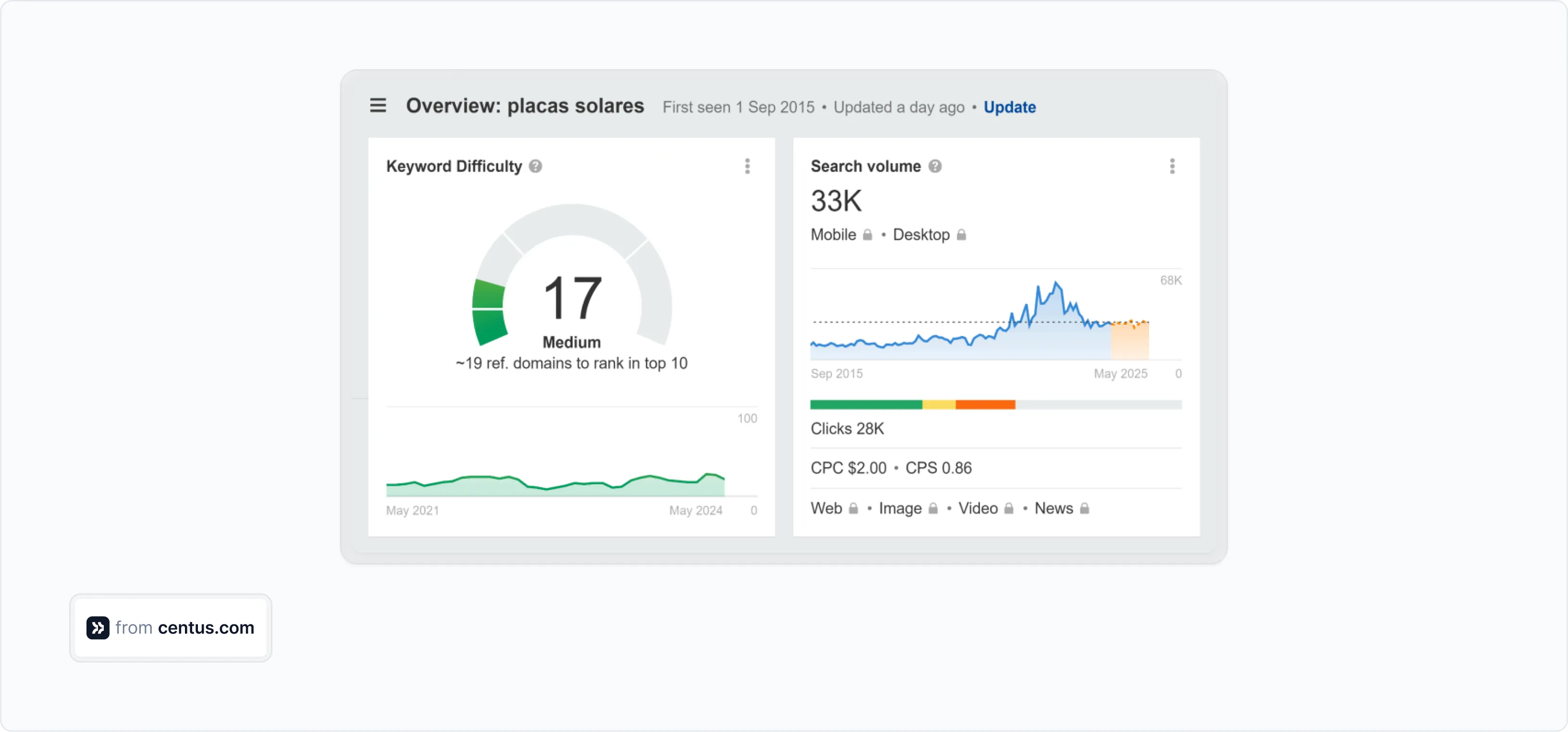
📘 Relevant reading: A guide to international SEO
Marketing materials localization
Look at your ads, emails, ebooks, white papers, and other marketing materials. Do they need a makeover to connect with local audiences?
Let’s say you’ve allocated a budget for email localization. Start by segmenting your email list by location. It’s much more effective than a sweeping email blast.
Then, translate your emails using Centus and personalize them by catering to local interests.
Make sure to pay attention to the timing of your email marketing campaigns to align them with local time zones and preferences.
For example, your promotional calendar for the Chinese market might look like this:
| Date | Email content |
|---|---|
| January 1 | New Year's Day greetings |
| February 10 | Chinese New Year (Spring Festival) greetings |
| March 8 | A special discount for Women's Day |
| April 4 | Qingming Festival (Tomb Sweeping Day) greetings |
| May 1 | Labor Day greetings |
| June 9 | Dragon Boat Festival greetings |
| September 10 | Mid-Autumn Festival greetings |
| October 1 | National Day greetings |
| November 11 | Singles' Day special discount |
| December 25 | Christmas greetings |
| December 30 | New Year’s Eve greetings |
Another example of marketing localization is social media ads.
Make your social media ads feel like they were made by locals. The simplest way? Well, get ads made by locals.
Here’s how Asana localizes LinkedIn ads for its Dutch marketing campaign:
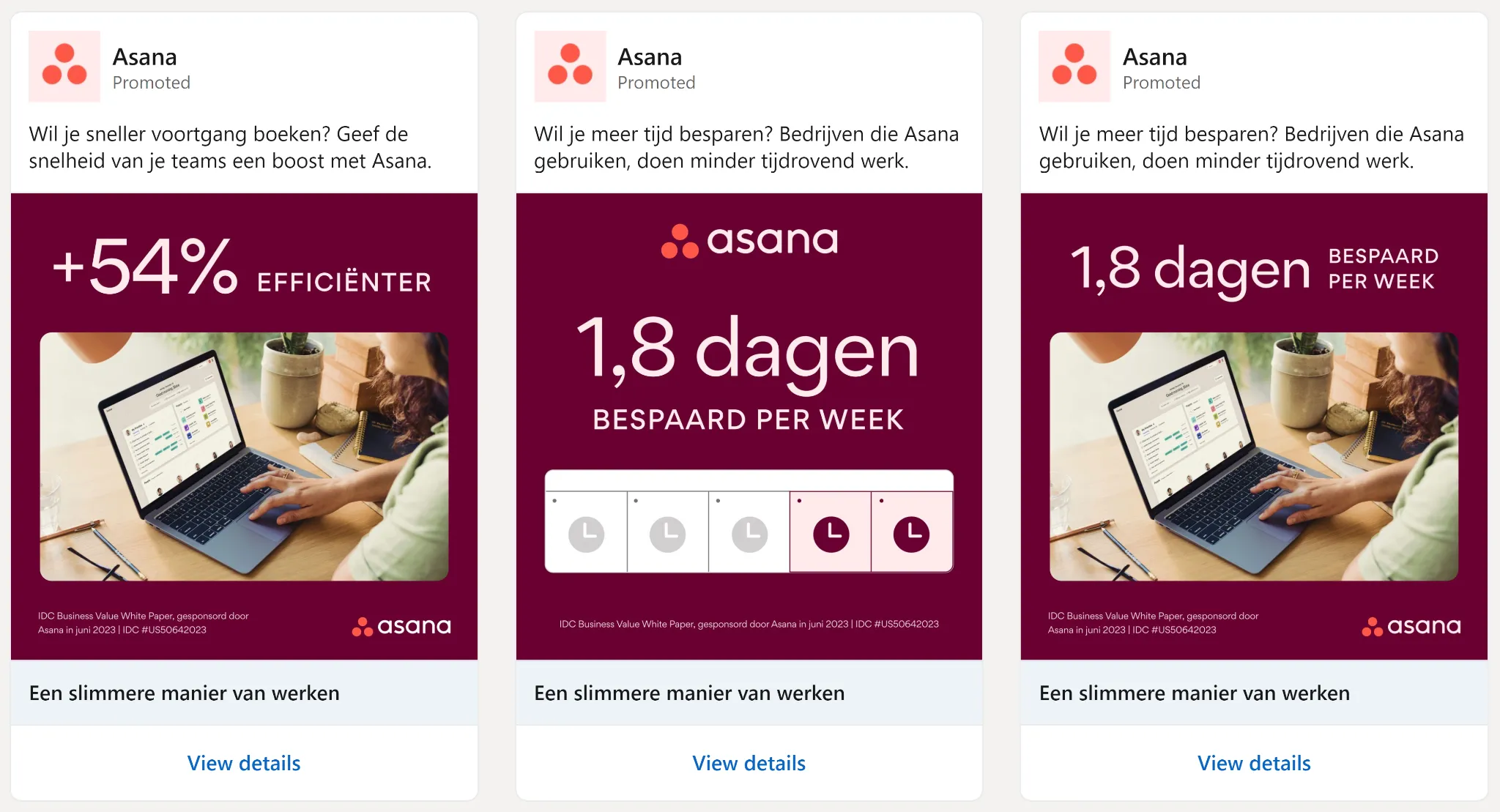
Also make sure to generate buzz by collaborating with local influencers or experts. Plus, it will feel more authentic.
Asana does it really well for the German market:

Smart. If your localization budget can accommodate it, leverage local influencers too.
📘 Relevant reading: How to localize your marketing assets
User guides and customer support
Don’t forget to translate user guides, manuals, knowledge bases, and other support materials. People prefer getting help in their language, so it's a good idea to offer that.
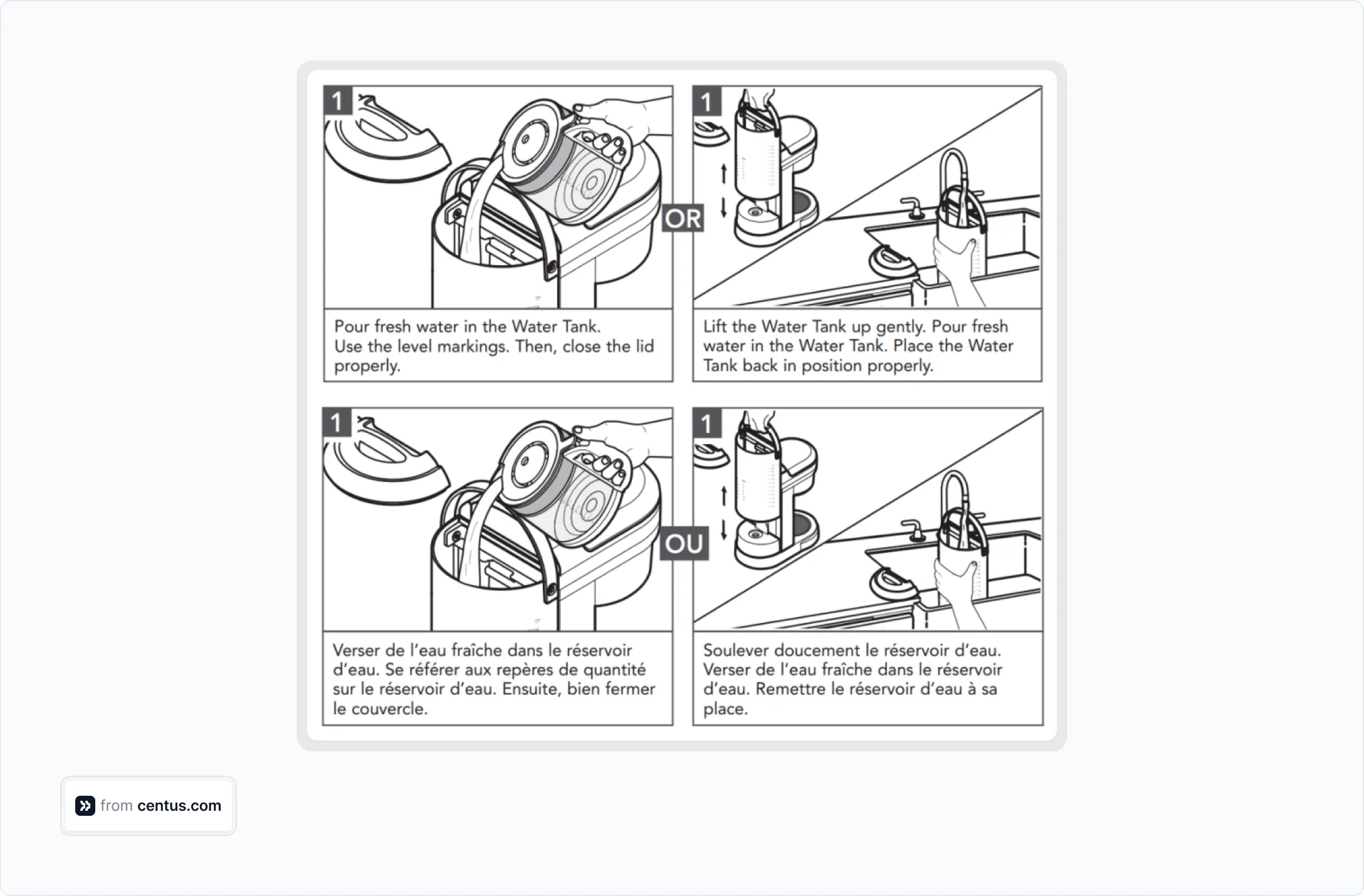
Ensure that the content is user-friendly and easy to understand, even for non-technical users. You should also offer local customer support channels such as a dedicated hotline, chat, or email.
📘 Relevant reading: How to perform technical translation
Legal and regulatory compliance
A legal review is a crucial step in your localization strategy. It will help you ensure you follow all the regulations, from product labels to data privacy.
At the bare minimum, check compliance with these legal and regulatory requirements:
- General Data Protection Regulation (GDPR)
- Copyright laws
- Trademark laws
- Patent laws
- Advertising and marketing regulations
- Product labeling requirements
- E-commerce regulations
- Employment contract translation
Step 4: Allocate a budget
Now, allocate financial resources to put your localization strategy into action.
Here are some general projects you should budget for, along with estimated costs:
- 💰 Translation costs: This core expense varies widely, typically ranging from $0.03 to $0.25 per word. Factors like language complexity, desired turnaround time, and document type (legal vs. marketing) influence the costs.
- 💰 Editing costs: Allocate resources for editing to avoid brand-damaging mistakes. Expect professional manual revisions to cost $0.02 to $0.05 per word and $75 to $150 per hour.
- 💰 Development costs: Adapting your website or product for different markets can involve technical adjustments. Budget between $10,000 and $50,000 (or more) for UI/UX modifications, local payment gateways, and content management systems.
- 💰 Technology investments: You might think Excel sheets work wonders, but it's easy to get overwhelmed with the sheer bulk of content. Instead, streamline your workflow using a professional localization platform. Subscription fees range from $99 to $500 per month.
Note that these are general estimates and can vary significantly based on your project scope, industry, and target markets.
Step 5: Assemble a localization team
After you've finalized your goals, budget, and deadlines, determine who will perform localization. You can create a localization team either as a part of your marketing department or as a standalone department.
Here are a few essential positions to include in your team:
- Top management: These roles will supervise the entire process, design the strategy, and make necessary adjustments to maximize your international growth.
👩 Product Manager, Localization Manager, Program Director
- Production and development: These roles will perform the day-to-day responsibilities in your campaigns, like translation, software development, measurement, and more.
🧔 Translator, Software Developer, Localization Engineer
- Quality assurance: These roles will monitor the quality and accuracy of your localization efforts.
👱🏼♀️ Localization Tester, Quality Manager
Step 6: Choose localization tools and technology
Having the right set of localization tools at your disposal can make all the difference. They streamline the process, reduce costs, and ensure linguistic accuracy. Start with these:
- Translation management systems (TMS), like Centus, centralize and streamline entire translation workflows, allowing you to localize content, visuals, and software. They are ideal for growing companies expanding into multiple markets with regular website updates and marketing campaigns.

- Computer-assisted translation (CAT) tools are ideal for freelance translators. They can suggest past translations, highlight repetitions, and ensure consistency across projects.
💡 Pro tip: Don’t look further than Centus. The platform has all the CAT features you’ll ever need.
- Machine translation (MT) engines, like Google Translate or DeepL, offer quick, rough translations, perfect for understanding the gist of content or generating initial drafts.
Here's a little breakdown to help you know which tools to go with:
- Small businesses: Start with MT and CAT tools or even freelance translators for simple projects.
- Growing companies: You can start with a TMS system and a translation agency. However, as your needs grow, explore the best localization platforms to meet the increasing demand.
- Global enterprises: Invest in robust TMS or work with a localization platform to handle complex workflows and high volumes.
Parting thoughts
A good localization strategy means finding what makes each market tick—from the language they speak to the way they live. Leverage that knowledge to achieve your boldest business goals.
Now that you know how to create a localization strategy, it’s time to take action. You can start by exploring our content localization and marketing localization guides.
Then, sign up for Centus. The localization platform is perfect for SMBs and enterprises alike. Give it a try now!
Get the week's best content!
By subscribing, you are agreeing to have your personal information managed in accordance with the terms of Centus Privacy Policy ->
Keep learning
21 min. read
Software Localization Guide for Developers
7 min. read
Translation Management System: A ‘Show, Don’t Tell’ Guide
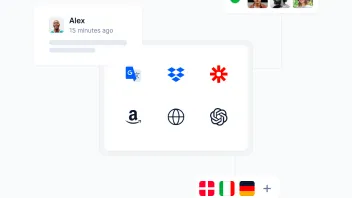
12 min. read
Manual and Automated Localization Testing Explained
16 min. read
Guide to Effective Localization Management Processes
7 min. read
Localization Specialist Role and How to Become One
10 min. read